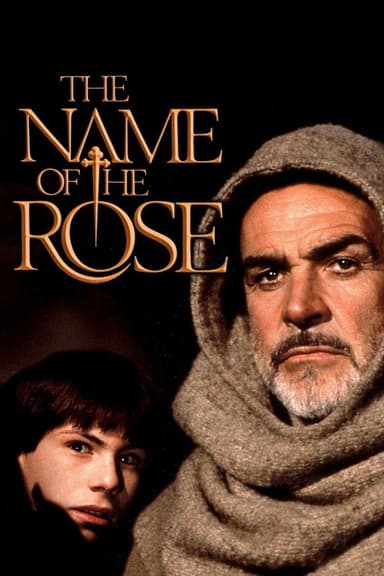
The Tin Drum
1979 • Drama, History, War • R
In 1924, Oskar Matzerath is born in the Free City of Danzig. At age three, he falls down a flight of stairs and stops growing. In 1939, World War II breaks out.
Runtime: 2h 42m
Why you should read the novel
Reading Günter Grass's novel The Tin Drum offers a profoundly immersive literary experience, drawing you deeply into Oskar Matzerath’s world through the author’s inventive language, vivid imagery, and layered narrative style. Grass’s masterful prose captures the complexity of Oskar’s inner life, the surreal events of his youth, and the transformative impact of 20th-century German history on individuals and families in a way that no film can truly replicate.
The novel's intricate exploration of memory, identity, and trauma is woven into every page, allowing readers to contemplate the symbolic and philosophical meanings behind Oskar’s refusal to grow up. The book provides nuanced insights into themes of guilt, complicity, and the absurdity of reality, making it a rich subject for contemplation. Grass’s use of magical realism and unreliable narration lets you interpret the metaphors and significance at your own pace.
By choosing the novel, you’ll appreciate the depth of character development and the complexities of the narrative that are inevitably distilled or omitted in the film. Discovering Grass’s literary world allows for an engagement with language, historical context, and imagination that truly rewards patient and thoughtful readers.
Adaptation differences
One of the most prominent differences between the film adaptation and the original novel of The Tin Drum lies in the depth and scope of narrative detail. The novel is replete with intricate descriptions, subplots, and inner monologues which deeply analyze Oskar’s psyche and his observations of postwar society, while the film necessarily condenses and omits many layers for the sake of runtime and clarity. As a result, the story’s philosophical and psychological dimensions are presented with less nuance in the adaptation, leaving out several secondary characters and subplots from the book.
The portrayal of surreal and magical elements also diverges between mediums. In the novel, magical realism permeates both Oskar’s experiences and his narrative voice, making it challenging for readers to distinguish between his imagination and reality. The film attempts to visualize these aspects, but some of the subtlety and ambiguity of Grass’s prose is lost when translated onto the screen, and certain fantastical events are depicted in a more literal and visually concrete manner.
Another notable difference concerns the depiction of sexuality and violence. While the book explores these themes explicitly and in great psychological detail, the film had to navigate censorship and audience sensibilities, leading to the alteration, softening, or omission of some of the more controversial scenes. This results in a notably different tone and impact between the two versions, with the film sometimes glossing over the darker or more complex aspects of Oskar's experiences.
Finally, the narrative structure and temporal scope are streamlined in the adaptation. The novel’s non-linear narrative, rich with shifting perspectives and digressions, is formatted into a more straightforward cinematic timeline for the film. This simplification makes the story more accessible to viewers but invariably reduces the complexity and richness of Grass’s original storytelling, which thrives on ambiguity, layered symbolism, and historical resonance.
The Tin Drum inspired from
The Tin Drum
by Günter Grass









